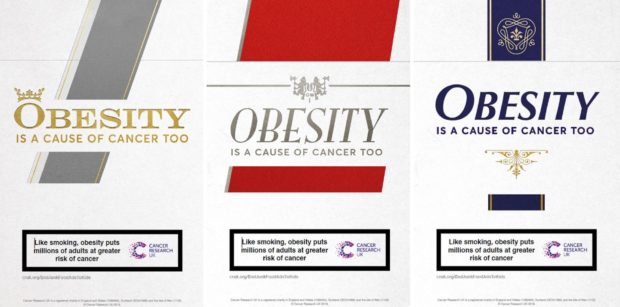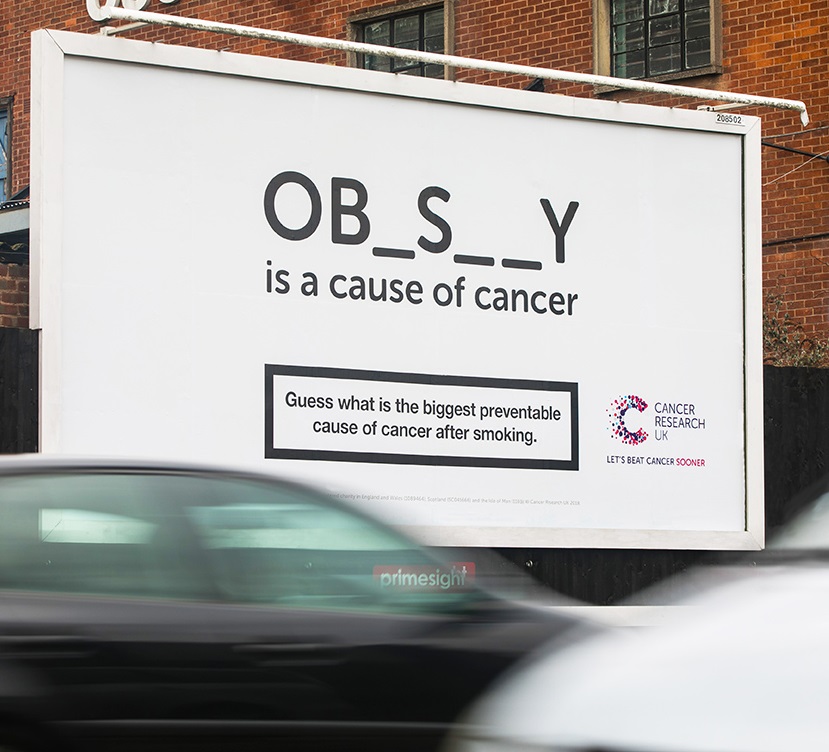I wanted to make sure that I went into this brief as well informed as possible, so pushed for the first client meeting to happen fairly early in the process so that any vague areas in the brief could be made explicit. The meeting went well and we all came away with a much better idea of what we had been asked to do. While also being able to give our client a sense of ourselves at the same time, as it is a two way relationship at the end of the day.
The first area we wanted to discuss was the form of the outcome, if they had any prior visions to what this outcome could look like in regards to format or where specifically they wanted it to be be place as this was left fairly vague in the brief. After discussing it we found that the client is open to almost anything and part of our challenge will be to find the optimal way to to appeal to the audience. Our message is to get people to check their pulse for Afib and beyond that we have a lot of freedom of where we can take it. This is an opportunity to really push the idea beyond just simple posters and turn it into something that is going to grab eyes.
A further question I had was relating to the publishing entity behind the brief, who are way saying this message is coming from? This however we weren’t able to get quite as straighter answer for, the client is going to hopefully look into this for us so that we can be sure which of their facets it is coming from.
While we were chatting our client stressed how despite we want them to see their GP about it that it should not be something to scare them into it and they should just go when convenient. From this I was considering how easy it would be to put together enough information so that people could test it for themselves before going to a GP, after all it is measured by pure quantity of beats per minute. So if the message was to check and if your resting rate is over 120(for example) then consider seeing your GP. By sending people straight to the GP I feel it does give that sense of panic the client doesn’t want, and finding ways of interactivity could make the project stand out.
Lastly we got on to the topic of our last project, in which we had a handful of stroke survivors as part of the research group, one of which suffers from Afib and it was the cause of their stroke. As we already know him it is consideration that if and human aspect is needed that he would be a good one to contact knowing that he is always keen with this sort of thing. We cleared it with the client if they would be okay if the project did end up going that way and they liked the idea, so it is definitely and avenue that will be considered.
Now that I have a better idea of the brief I feel that I can begin ideating; still keeping the value of research in mind however for each area I look at.





.jpg)